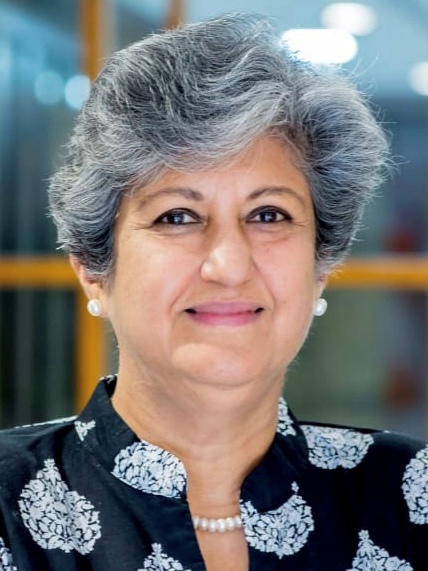 Cultural heritage sites stand as testaments to human history, artistry, and identity, yet they face mounting threats in our rapidly changing world. The World Monuments Fund (WMF), through its pioneering World Monuments Watch, has long been at the forefront of efforts to safeguard these irreplaceable landmarks. Since its inception in 1996, the Watch has served as a vital advocacy tool, identifying critical risks to heritage sites while promoting preservation through community engagement and innovative strategies. The latest analysis by WMF highlights critical threats such as climate change, urbanization, and human conflict, which continue to endanger over 200 cultural landmarks worldwide. WMF aims not only to protect these sites but also to harness their potential as vital resources for community empowerment and addressing pressing global challenges. As we approach the release of the 2025 Watch, this commitment becomes even more significant.
Cultural heritage sites stand as testaments to human history, artistry, and identity, yet they face mounting threats in our rapidly changing world. The World Monuments Fund (WMF), through its pioneering World Monuments Watch, has long been at the forefront of efforts to safeguard these irreplaceable landmarks. Since its inception in 1996, the Watch has served as a vital advocacy tool, identifying critical risks to heritage sites while promoting preservation through community engagement and innovative strategies. The latest analysis by WMF highlights critical threats such as climate change, urbanization, and human conflict, which continue to endanger over 200 cultural landmarks worldwide. WMF aims not only to protect these sites but also to harness their potential as vital resources for community empowerment and addressing pressing global challenges. As we approach the release of the 2025 Watch, this commitment becomes even more significant.
In light of these challenges, the upcoming 2025 Watch emphasizes the importance of adaptive strategies and community involvement in heritage preservation. With a mission focused on enabling communities to thrive, WMF has consistently deepened its efforts through data-driven solutions, community partnerships, and technological advancements, as seen in projects like the Historic Water Systems of India and stonemasonry training programs in the Middle East.
In this exclusive interview, we speak with Ms. Malini Thadani, Executive Director, World Monuments Fund India Association, to explore the evolving threats to global heritage sites, WMF’s adaptive strategies, and the integral role of community engagement in safeguarding cultural landmarks. With 30 Indian sites having been nominated to the Watch over the years, WMF’s work in India exemplifies the intersection of heritage conservation and sustainable development.
Through this conversation, we aim to understand the broader significance of these efforts in shaping a resilient future for heritage preservation. Read on.
Q&A
Q. What are the most significant differences in the threats faced by heritage sites in the 2025 Watch compared to previous years, and how has WMF's approach evolved in response to these changes?
A. Climate change is one of the most pressing challenges for heritage, with 48% of 2025 Watch nominations identifying it as a key threat. WMF has long been addressing these risks by integrating climate adaptation methods into its preservation efforts. An example is the Historic Water Systems of India programme, where projects are underway to restore step wells at Rajon ki Baoli (Delhi), Taj Bawdi (Karnataka), Kund Vav (Gujarat) and Jaipur Bawaris (Rajasthan). This programme will not only revive historic water infrastructure but also help in some way, to mitigate India’s growing water crisis, benefiting both heritage and local communities.
Q. Given the data-driven approach of the 2025 Watch, how has technology—such as data analytics or remote sensing—helped WMF identify, monitor, and address threats to heritage sites, particularly in remote areas?
A. WMF applies technology based on the specific needs of each project. Reality capture methods, such as 3D scanning, are used to record and track changes at sites over time. For example, at Rapa Nui on the Easter Islands in Chile, we’ve employed both older and newer technologies to monitor the petroglyphs at Orongo. Recently, LiDAR scanning was used at Rio Abiseo in Peru to identify sites. While we primarily use technology for site-specific monitoring, we are exploring the use of broader data, like climate data, to predict future threats.
Q. With growing threats like war, overdevelopment, climate change, and urbanization, how is WMF adapting its strategies to ensure the long-term preservation of heritage sites? Could you provide examples of successful projects where these strategies have had a significant impact?
A. Long-term sustainability is a central component throughout our work, which is why training and economic development are integral to many of our projects. At Angkor Archaeological Park, Cambodia, WMF has trained over 100 full-time conservation technicians each year since 1989, contributing an estimated $20-25 million in local economic impact. Many staff remain with WMF for an average of 15 years, ensuring future generations can care for the site’s preservation. WMF has also launched a pilot stonemasonry training program in Mafraq, Jordan, expanded to Tripoli, Lebanon, to build local conservation skills. At the Telangana Mahila Vidyalayam Residency Project site in Hyderabad, we arranged inter - University internship programme on site, for architecture students from the UK and the city of Hyderabad.
Q. How does heritage preservation enhance local resilience to climate change and tourism? What strategies does WMF use to engage communities and promote sustainable tourism?
A. People are central to the preservation of heritage, and in turn, heritage provides support to the communities that care for these places. At Bears Ears National Monument, USA, WMF collaborates with Indigenous groups to ensure cultural preservation aligns with local needs, promoting sustainable tourism and safeguarding sacred lands. Similarly, the inclusion of Teotihuacán, Mexico on the 2022 Watch underscored the need for sustainable tourism practices. WMF is working with site managers, local authorities, and communities to foster economic opportunities through responsible tourism, ensuring that the benefits of visitation support both cultural preservation and local businesses.
Q. India has had 30 sites nominated to the Watch over the years. Could you elaborate on the ongoing preservation efforts in India and the role WMF plays in fostering partnerships with local experts and communities?
A. Since 1996, WMF has been deeply involved in India, beginning with the inclusion of the Taj on the World Monuments Watch. WMF’s efforts in India have evolved, and today encompass a major project to preserve traditional water systems while addressing modern needs.
The World Monuments Fund India Association was established in 2015, with the specific purpose of undertaking projects in India. In 2020, the Historic Water Systems of the Deccan Plateau was added to the Watch, focusing on sites like Taj Bawdi and Daulatabad Fort, where WMF worked with local experts to restore disused water infrastructure. This project later expanded into the Historic Water Systems of India, targeting Rajon ki Baoli, and Jaipur Bawaris. Supported by the TCS Foundation, these projects not only safeguard cultural heritage but also ensure sustainable water access for future generations.
Q. Funding and resource limitations have been highlighted as a challenge, particularly in Europe and North America. How does WMF plan to address financial barriers to ensure long-term sustainability for these sites?
A. Many heritage sites face significant financial barriers that hinder long-term preservation. WMF helps address these challenges by facilitating partnerships with local authorities, securing grants, and attracting private funding to support preservation efforts. In some cases, WMF encourages sustainable tourism models, that allow sites to generate revenue for ongoing maintenance and protection.
Q. Given that CSR spending on heritage and cultural preservation in India is relatively low compared to sectors like education and healthcare, what strategies do you suggest to increase CSR investments in this sector? What gaps do you see that may be hindering this growth?
A. There is an increasing awareness among Indian sponsors and funders that conservation of our fragile heritage, particularly as it encompasses the restoration of traditional, ancient practices such as water management, is worthy of attention. This approach ensures that not only do we restore fragile sites of historic and cultural significance, but also engages local communities to use these resources responsibly.
Another approach is adaptive reuse, whereby we restore and conserve places of significant heritage importance and these are adopted by local communities as places of learning, of cultural exchange and become attractions for visitors, both local and from further afield. These projects also allow the next generation of technicians, workers and architects to learn about often forgotten yet significant techniques.
Q. What mechanisms does WMF have in place to ensure local communities' voices are heard in the decision-making processes related to heritage site preservation?
A. WMF ensures that the needs of local communities are always at the forefront of any preservation effort. From the initial nomination process to project completion, WMF engages with communities by bringing them to the table to help us understand what is most needed in the area. This includes organizing workshops and training programs, empowering locals to take an active role in preserving their heritage. WMF’s approach is rooted in collaboration, ensuring that communities have a direct say in shaping preservation strategies.
Q. What role does WMF play in advocating for policies that support heritage conservation and address the challenges faced by these sites?
A. Through the Watch, WMF helps bring international and local attention to underrepresented sites, which can in turn support advocacy efforts. The visibility gained helps sites leverage broader awareness to secure further protection and may influence policy change. For example, the San Antonio Woolworth Building, a key civil rights site in the USA, was preserved with WMF’s support, securing funding for its incorporation into a new museum. Similarly, at Moseley Road Baths in Birmingham, WMF helped ensure the site’s survival through advocacy, emergency repairs, and long-term planning.
Q. How does WMF measure the impact of its preservation efforts and community engagement strategies to ensure they are effective?
A. WMF uses a range of techniques to measure the impact of its preservation efforts. Each project sets clear goals for both preservation and community benefits, with tailored methods for tracking success.
These include assessing physical conditions (like stability or drainage), monitoring visitor impact and satisfaction, and conducting surveys to gauge community feedback. The approach is specific to each project, taking into account its objectives and the best ways to gather data within the local cultural context.
Q. What is WMF's long-term vision for heritage preservation, and how does it plan to adapt to future challenges in this field?
A. Through the Watch, WMF stays abreast of key challenges facing heritage sites globally and works to develop sustainable models that can be adapted across similar sites. As threats to heritage sites evolve, WMF will continue to innovate by leveraging technology, fostering international collaborations, and focusing on community-driven solutions. The goal is not just to preserve the past but to use heritage as a resource for empowering communities and addressing the world’s most pressing challenges.




 Cultural heritage sites stand as testaments to human history, artistry, and identity, yet they face mounting threats in our rapidly changing world. The World Monuments Fund (WMF), through its pioneering World Monuments Watch, has long been at the forefront of efforts to safeguard these irreplaceable landmarks. Since its inception in 1996, the Watch has served as a vital advocacy tool, identifying critical risks to heritage sites while promoting preservation through community engagement and innovative strategies. The latest analysis by WMF highlights critical threats such as climate change, urbanization, and human conflict, which continue to endanger over 200 cultural landmarks worldwide. WMF aims not only to protect these sites but also to harness their potential as vital resources for community empowerment and addressing pressing global challenges. As we approach the release of the 2025 Watch, this commitment becomes even more significant.
Cultural heritage sites stand as testaments to human history, artistry, and identity, yet they face mounting threats in our rapidly changing world. The World Monuments Fund (WMF), through its pioneering World Monuments Watch, has long been at the forefront of efforts to safeguard these irreplaceable landmarks. Since its inception in 1996, the Watch has served as a vital advocacy tool, identifying critical risks to heritage sites while promoting preservation through community engagement and innovative strategies. The latest analysis by WMF highlights critical threats such as climate change, urbanization, and human conflict, which continue to endanger over 200 cultural landmarks worldwide. WMF aims not only to protect these sites but also to harness their potential as vital resources for community empowerment and addressing pressing global challenges. As we approach the release of the 2025 Watch, this commitment becomes even more significant.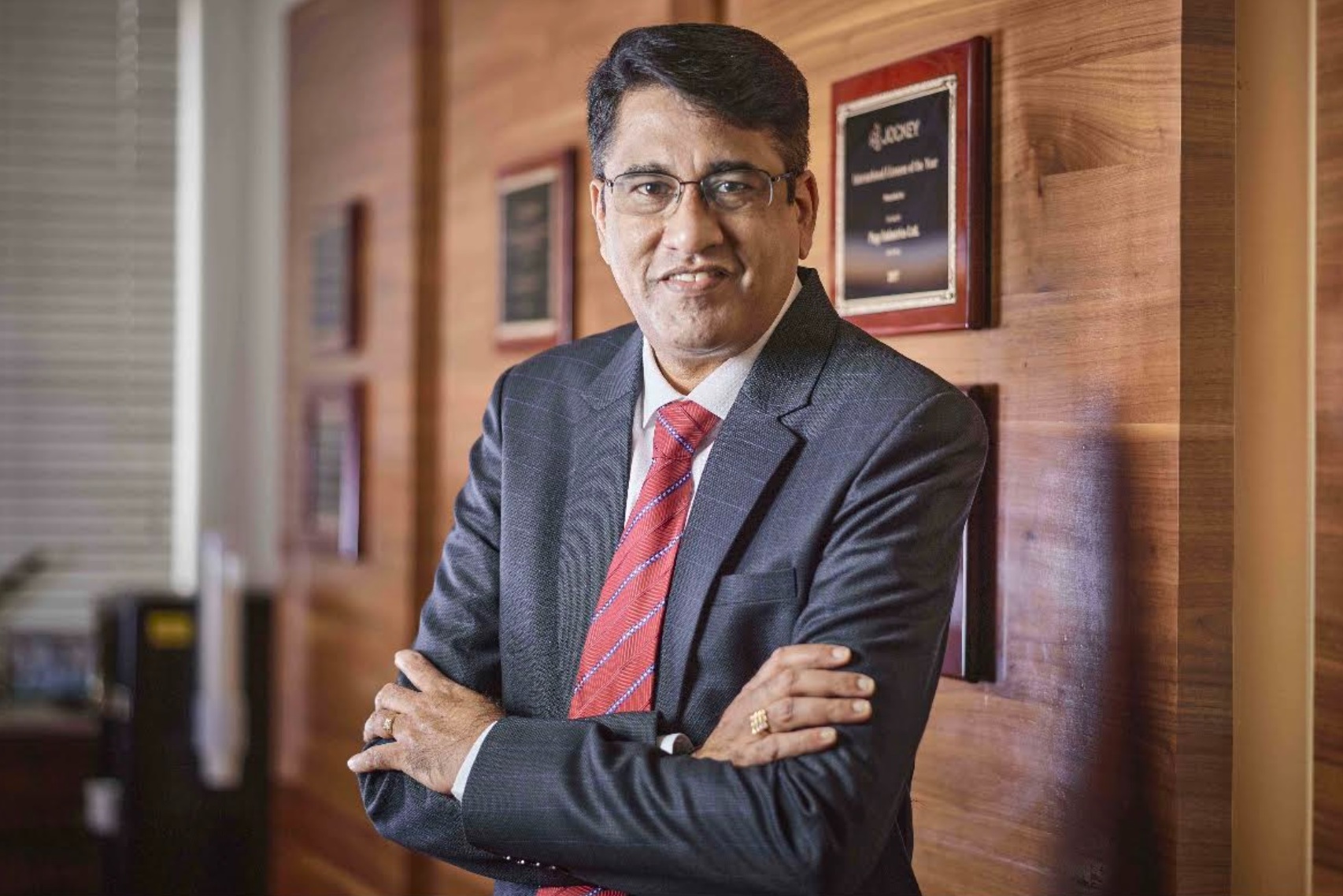

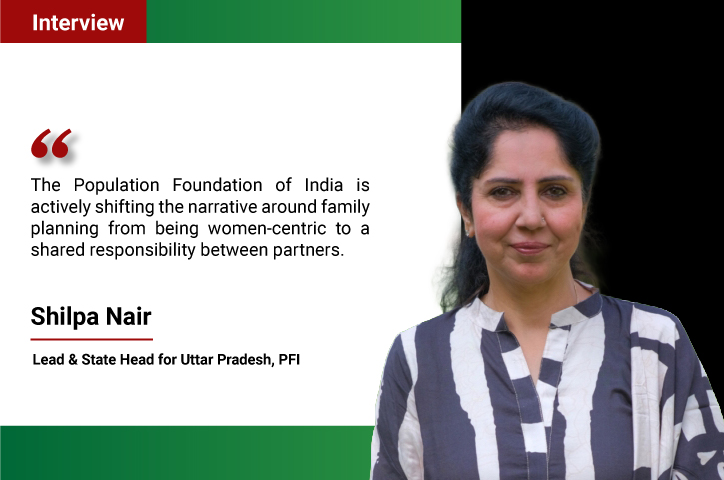

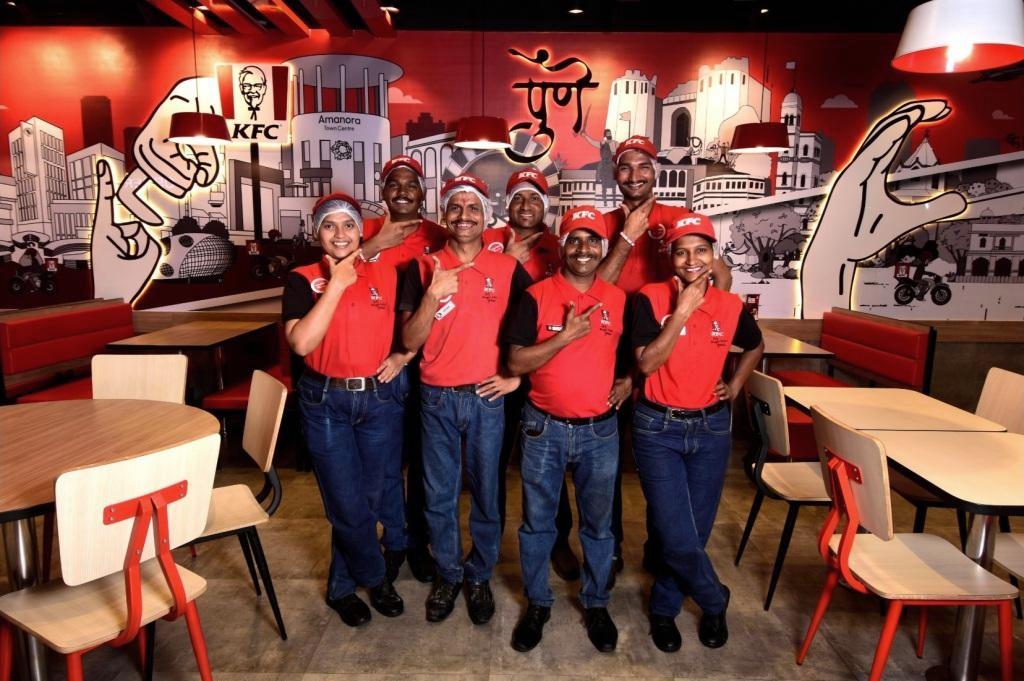

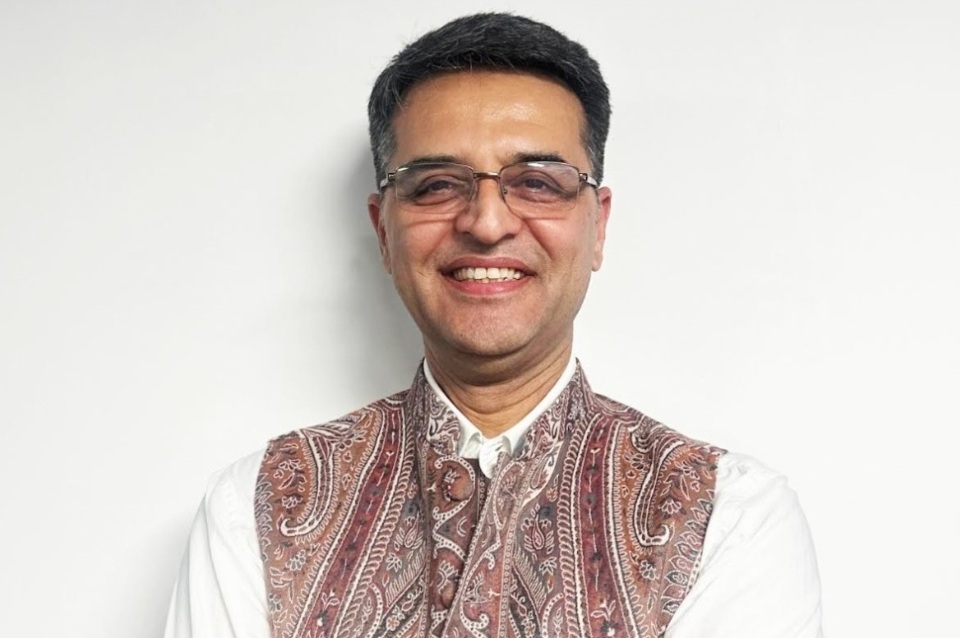
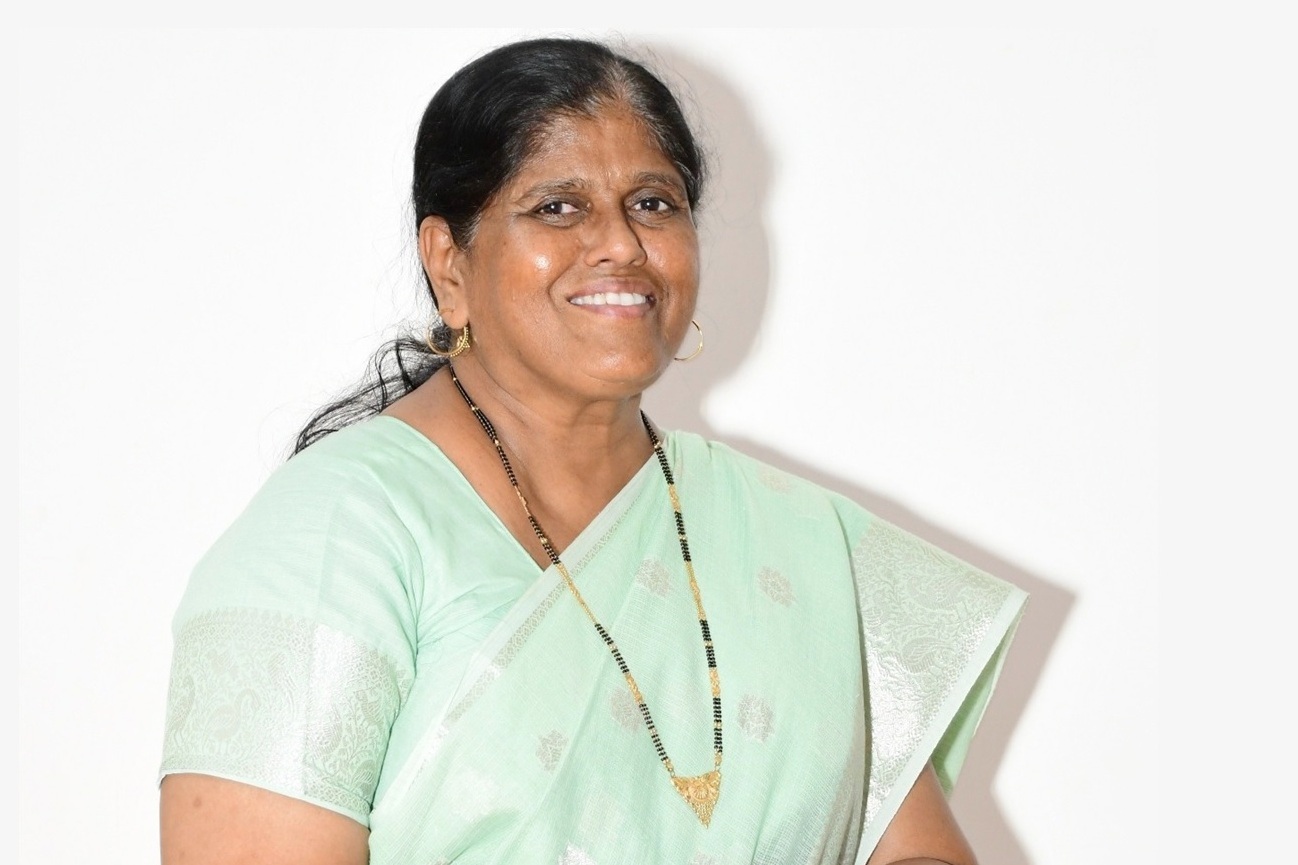


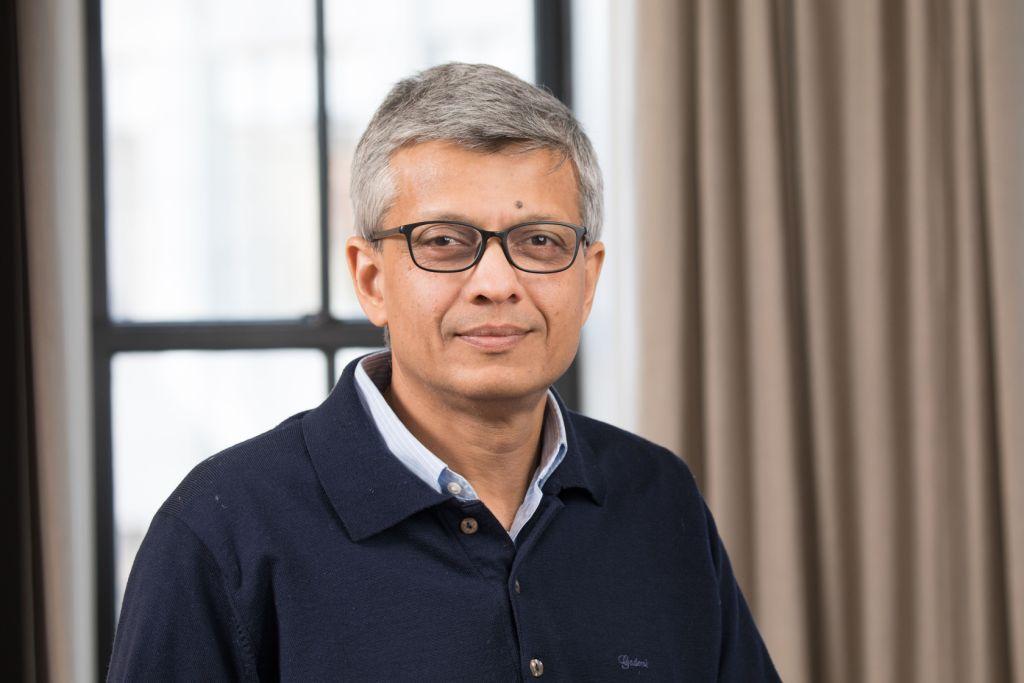

.jpg)




